|
Chef Rosie Moot returns to Chincoteague Bay Field Station on August 19th for our annual farm to table dinner, Serving Up the Shore. She had a big hand in making the event happen last year, and we're so glad she's back.
Rosie is an owner and a chef at Pico Taqueria, which Buzzfeed says has some of the best tacos in America. She is a trained pastry chef, and will be bringing her skills with sweets to the dessert course this year. "Here at Pico, being local is really near and dear to our hearts," said Rosie. "We use local corn and tomatoes when they come in to season, local arugula, local basil, and we get local oysters and local softshell crabs." For more information about Rosie and Pico, you can watch the video above, or visit Pico's website. Don't forget to check out our website and our Facebook event page for more about Serving Up the Shore.
0 Comments
Meet Cricket and Carol, owners and operators of Copper Cricket Farm in Machipongo. They will be providing produce for the Serving up the Shore dinner on August 19.
Copper Cricket is a sustainable farm that uses a variety of methods to grow healthy plants will high nutritional value. This includes not tilling and using mulches harvested from the farm itself. "We do sheet composting, and our compost is all sourced locally," said Carol. "It provides our fertilizer for our crops and also suppresses our weeds." Cricket and Carol grow around 130 different varieties of vegetables, and they provide a selection of these vegetables biweekly to members of their CSA. These same vegetables will be fresh ingredients for the Serving up the Shore chefs. For more about Copper Cricket, you can listen to Cricket and Carol in the video above or visit the Copper Cricket website. Be sure to visit our Serving up the Shore webpage, and stay updated with the Facebook event page. Pokémon GO has captivated a large audience, and not even Chincoteague Bay Field Station is immune. In case you’ve been living under a rock (or a Geodude), Pokémon GO is a virally popular mobile app that lets you catch Pokémon on your smart phone depending on where you are in the real world. Since the app debuted last Thursday, you can often find CBFS educators and interns hanging around the Station’s sign out front, which is the nearest Poké-Stop to campus. And although we’re a little salty that the station wasn’t deemed a gym instead, we still love it. The Pokémon you can catch are regional – Pokémon you’d get out in the marshes near Chincoteague are quite different than the ones you’d find in the more populated area around Ocean City. It just so happens that many Pokémon have real-life counterparts living in the same habitats. While you may not find a Ghastly floating around in real life, here are five Pokémon that bear a striking resemblance to organisms found on the Eastern Shore. Squirtle = Diamondback TerrapinSquirtle is the iconic turtle of the Pokémon franchise, and the diamondback terrapin is the iconic turtle of the Eastern Shore. Both are cute, but can be a bit nasty if you’re not careful. Holding a terrapin may result in scratched hands from its claws. Holding a Squirtle may result in gallons of water being blasted into your face. Tentacruel = Moon JellyBoth Tentacruel and the moon jelly can be found in the waters of the Chincoteague Bay. Moon jellies can get fairly big with a diameter of 10 to 12 inches. Tentacruel grow to be even bigger. Like Tentacruel, the moon jelly has many tentacles that can release toxin to catch prey. Unlike Tentacruel, a moon jelly will not knock over a skyscraper with said tentacle. Pidgeot = OspreyThe osprey was clear inspiration for the Pidgey evolution line, especially the final evolution, Pidgeot. An osprey will use its keen eyesight to catch fish right out of the water mid-flight. Many of Pidgeot’s Pokédex entries also allude to its impeccable vision and ability to snatch prey out of the water. These Pokédex entries also say that Pidgeots can make gusts of wind strong enough to bend tall trees and that they can fly at speeds reaching Mach 2. Osprey can’t do either of those things. Krabby = Ghost CrabWhile Krabby seems to be based on many different types of crabs, it matches the ghost crabthe most out of the crustaceans on the Eastern Shore. Ghost crabs are famous for burying themselves in the sand on beaches. Krabby is famous for having what is arguably the least creative name for a Pokémon. Horsea = Lined SeahorseAs the only type of seahorse we have in the area, the lined seahorse is the closest Eastern Shore equivalent to the Pokémon Horsea. Both creatures use their curled tails to hold on to grasses or other objects to either avoid being washed away by the current. However, the lined seahorse might actually be harder to find than its Pokémon counterpart, as camouflage is the poor swimmer’s first line of defense. In contrast, Horsea’s first line of defense is spraying bubbles at you.
Pokémon GO is a viral sensation, and for good reason. It’s fun, and it is great motivation to get outdoors. Next time you go on a Pokémon-related adventure, keep an eye out for the amazing real-life creatures that live on the Eastern Shore as well. Meet Johnny of Terrapin Farms located in Berlin, MD. Terrapin Farms will be providing greens for Serving up the Shore dinner on August 19.
Terrapin farms is a sustainable, organic farm that uses hydroponics--or farming without soil--for many of its plants. The farm specializes in different types of greens, such as kale and microgreens. Terrapin also makes the extra effort to use sustainable farming methods. "We're entirely fired by solar panels, and we use rainwater for our irrigation," said Johnny. For more information about Terrapin Farms, you can listen to Johnny in the video above or visit the Terrapin Farms website. Be sure to visit our Serving up the Shore webpage, and stay updated with the Facebook event page Meet Kristin and Jamie of Eastern Shore Coastal Roasting Co. in Eastville, VA. ESCR is an amazing local business which will be providing coffee beverages for our Serving up the Shore dinner on August 19.
ECSR is a wholsesale coffee roasting company that uses sustainably sourced beans to make custom coffee blends for restaurants across the Eastern Shore. Local-themed blends include Machipongo Morning, Oyster Roast, and Marsh Mud. When we visited ESCR this spring, Kristin whipped up her latest creation: a spritzer-style drink using her cold-brewed Marsh Mud. This coffee tonic is the perfect blend of refreshing and caffeine, and guest chef Laura Davis couldn't agree more! You can see the full recipe and get a little preview of Serving Up the Shore on her blog, Tide and Thyme. For more information about Eastern Shore Coastal Roasting Co., you can listen to Kristin in the video above or visit the ECSR Facebook page. Be sure to visit our Serving up the Shore webpage, and stay updated with the Facebook event page. Meet Wally and Dao Qun, owners and operators of Locustsville's Big Otter Farm which will be providing produce for the Serving up the Shore dinner on August 19.
Contrary to its name, Big Otter is a small garden farm that lies on half an acre. In addition to growing both western and Chinese vegetables, Wally and Dao Qun also make homemade Chinese dishes such as dumplings and spring rolls that they sell at the Onancock farmer's market. For more about Big Otter Farm, you can listen to Wally and Dao Qun in the video above. Be sure to visit our Serving up the Shore webpage, and stay updated with the Facebook event page. Meet Stewart and Natalie, owners and operators of Perennial Roots Farm in Accomac. They will be providing produce and meats for Serving up the Shore dinner on August 19.
Perennial Roots is a biodynamic farm, which means it uses interconnected methods to get the most of the land. For example: they ferment weeds and use the mixture to add nutrients back into the soil. "Certain weeds are really good at unlocking nutrients that you'd never imagine were there," said Stewart. "So if you take them, ferment them into a tea, and spray that out, all of that is available to the plants." Stewart and Natalie have chose species specifically because they grow well on the Eastern Shore, and their pork, berries, and heirloom veggies are bound to make superb ingredients for the Serving up the Shore chefs. For more about Perennial Roots, you can listen to Stewart and Natalie in the video above or visit the Perennial Roots website. Be sure to visit our Serving up the Shore webpage, and stay updated with the Facebook event page.
Chefs include Laura Davis of the popular Tide and Thyme blog, Bill Wainwright of 45th Street Taphouse in Ocean City, Desmond Edwards of the Jackspot in Chincoteague, and Rosie Moot of Pico Taqueria in Chincoteague. "Local foods are my passion," said Edwards. "Supporting local farms and just trying to focus on community I feel is the vision behind this dinner, and I'm very excited to be part of it." As the chef in charge of the main course, Edwards plans on making pan-seared rockfish, with tomatoes, potato soubise, chicken pate, nasturtiums, and clam broth with clams from Chincoteague's Ballard Fish and Oyster Co. Other featured ingredients for the meal include coffee from Eastville's Eastern Shore Coastal Roasters, microgreens from Terrapin Farms in Berlin, and fresh vegetables from Perennial Roots Farm in Accomac, Va, among others. All proceeds from the event go toward environmental education programs for local students. Tickets for the farm to table experience are on sale now for $75. You can get your "locavore" on by visiting the Serving Up the Shore webpage, or its Facebook event page. Stay tuned for dish announcements and profiles of the farms and chefs. It’s pony penning week here at Chincoteague, which means a few important things for us here at the Field Station:
Above photographs by Jim Clark.
And once again, it’s time to reflect on our favorite island’s famous history. Where did the ponies come from? Why are the Pony Penning and the Pony Swim annual events? What does it have to do with the Chincoteague Volunteer Fire Company? While ponies don’t normally qualify as marine animals, this week they’re going for a swim, so they can temporarily count enough to fall under our domain of study. They are however, a key attraction during our Coastal Mammals Summer Camp! Pony penning, or at least the version of it that we would recognize today with a carnival attached, started in 1925. The Chincoteague Volunteer Fire Company (whose website helped immensely in writing this blog post, along with Chincoteague’s website) was authorized in that year to hold a carnival during pony penning to raise money for better fire-fighting equipment. They eventually raised enough money to fund their own public pony herd, which is the one that grazes on the Chincoteague National Wildlife Refuge now. Larger crowds accumulated each year to see the ponies swim between Assateague and Chincoteague Islands. The ponies end up at the "Pony Auction" where the Fire Company raises funds by auctioning off some of these famous ponies. In 1947, the year the Chincoteague Volunteer Fire Company started building its herd, Marguerite Henry published “Misty of Chincoteague,” a fictional story about the ponies of Chincoteague Island that made pony penning internationally famous. The book was turned into a movie and also spawned several sequels. The custom of pony penning actually dates back to the 1700’s, where the process was used as a way for farmers to claim their livestock, but started becoming an annual community celebration. It’s a well-known legend that the ponies first came to Chincoteague when a Spanish ship crashed on shore, however there are a list of theories that speculate otherwise. Chincoteague’s Salt Water Cowboys will start herding the ponies a few days before the actual auctioning begins, so that they have time to transport them to the right spot and have them checked by veterinarians to make sure they’re healthy. The Pony Swim, attracting crowds from across the nation, will happen Wednesday morning before the ponies are then paraded to carnival grounds for the auction. The pony auction takes place on Thursday. This event does two important things to help the island’s pony population. First, the proceeds from it provide veterinary care for the ponies throughout the year. And second, by auctioning off the ponies, the Fire Company is effectively able to control the pony population on the island. Chincoteague National Wildlife Refuge will allow only 150 ponies on the island. This number is considered to be the maximum sustainable population, since the Refuge is home to hundreds of other species of animals, and more ponies would upset the balance of the environment. We love the Chincoteague Ponies, and we love that the pony auction benefits conservation biology! United Way of Virginia’s Eastern Shore has announced that they will allocate funding to support Chincoteague Bay Field Station’s Shore People Advancing Readiness for Knowledge (SPARK) program this year. SPARK is an intergenerational education program which has engaged hundreds of families from Accomack County in advancing reading and math skills through outdoor and place-based learning opportunities since its inception in 1998.
The SPARK program was created by Grace and Matt Cormons and has recently been taken under the educational programming at Chincoteague Bay Field Station. This spring the program has been supported by a Celebrate Urban Birds mini-grant from the Cornell Lab of Ornithology. Funding from United Way will be used to support the Creekwatchers branch of SPARK, in which students participate in citizen-science projects to monitor water quality on local streams and bays, and also to support SPARK Mentors, parents who help facilitate programming. |
About
Everything you need to know about CBFS's educational programs, visiting Chincoteague Island, and more! Categories
All
Archives
January 2019
|
CHINCOTEAGUE BAY FIELD STATION | 34001 Mill Dam Road | Wallops Island, VA 23337 | (757) 824-5636 | [email protected]
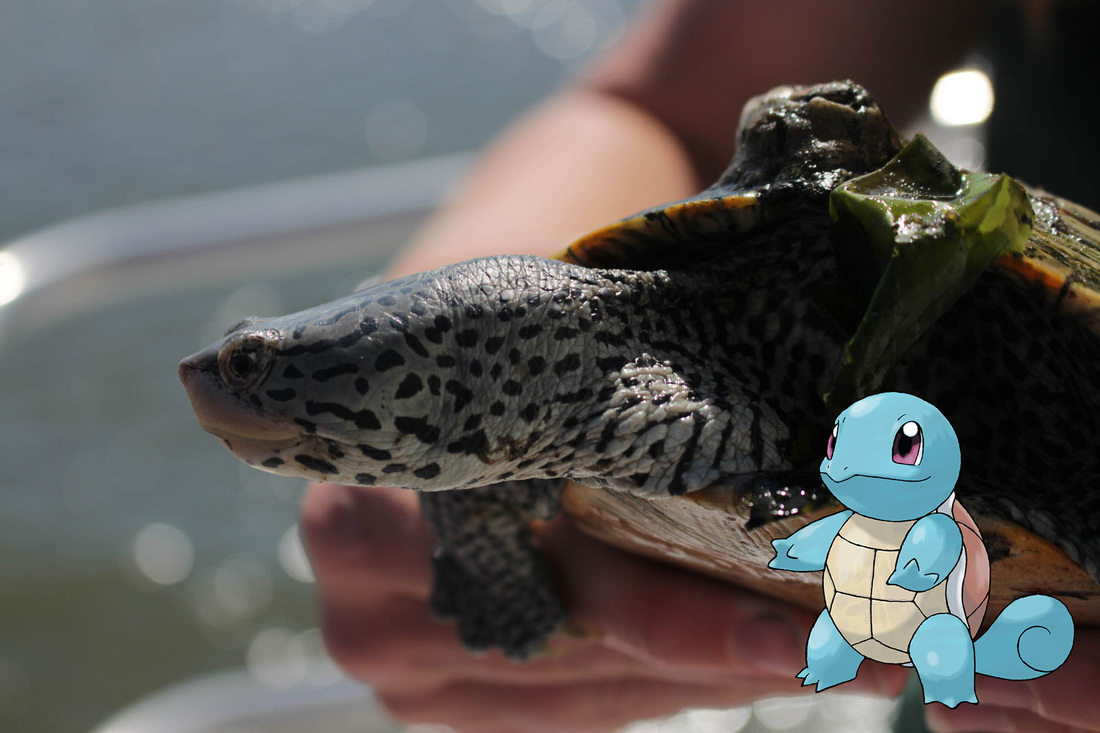
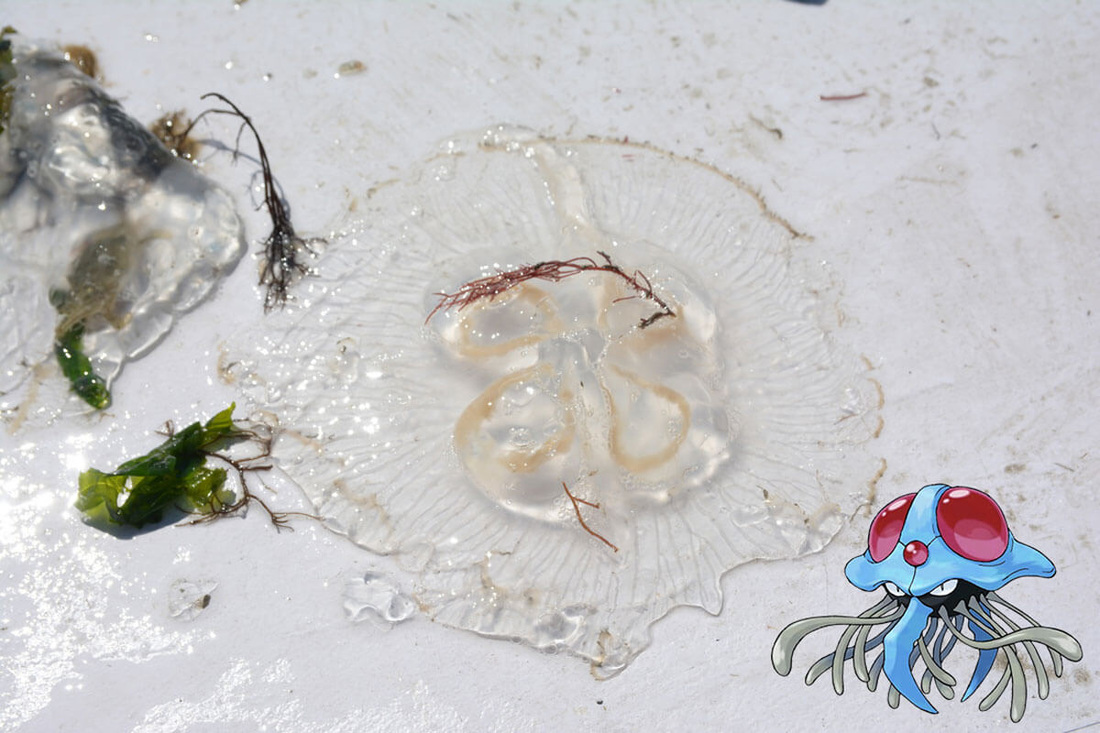
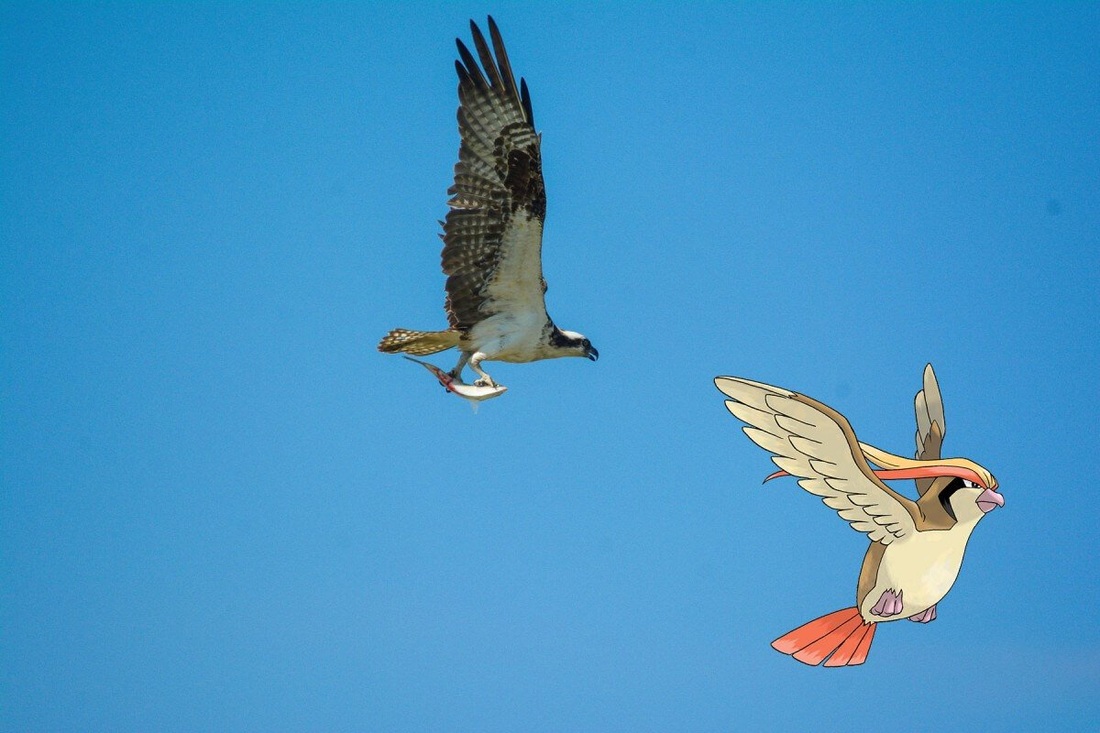
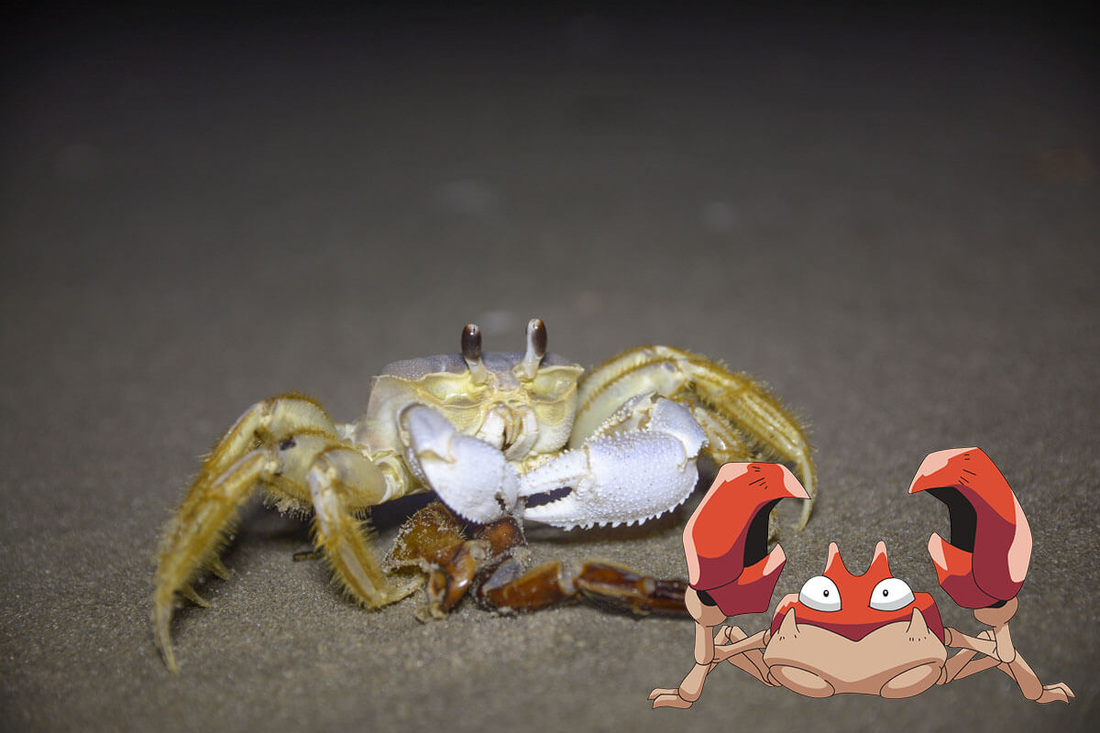
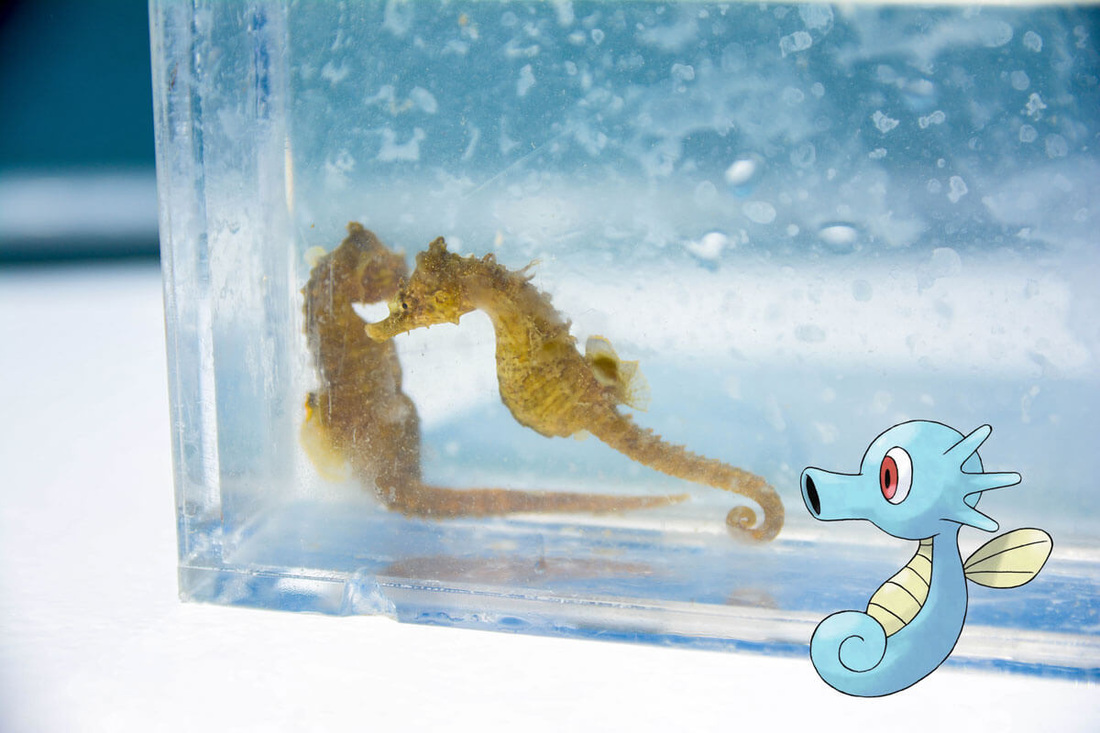
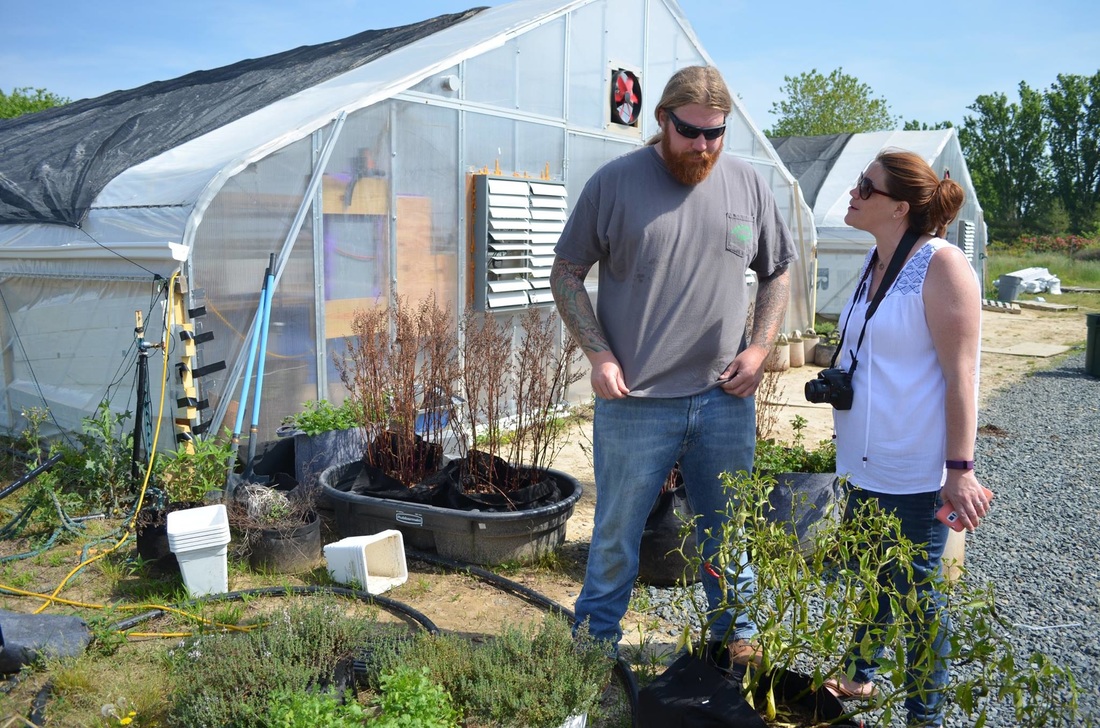
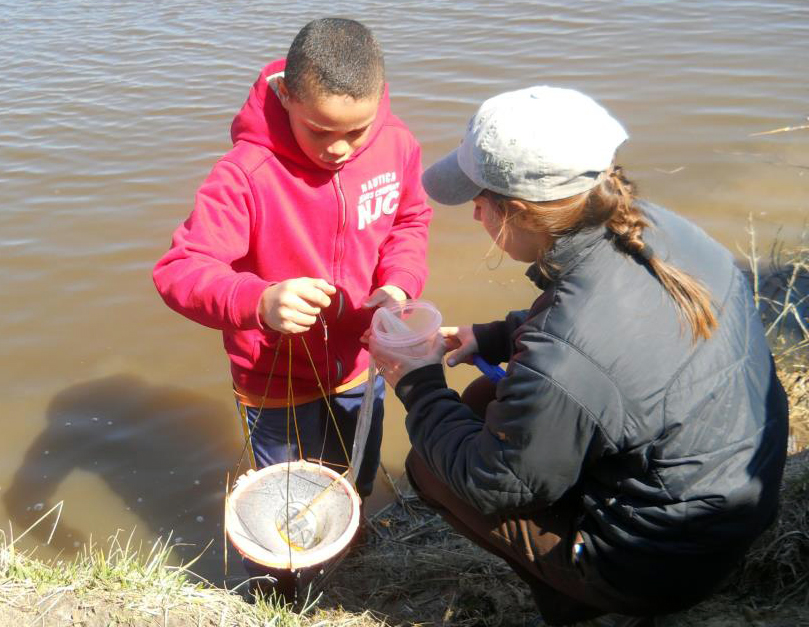
 RSS Feed
RSS Feed

